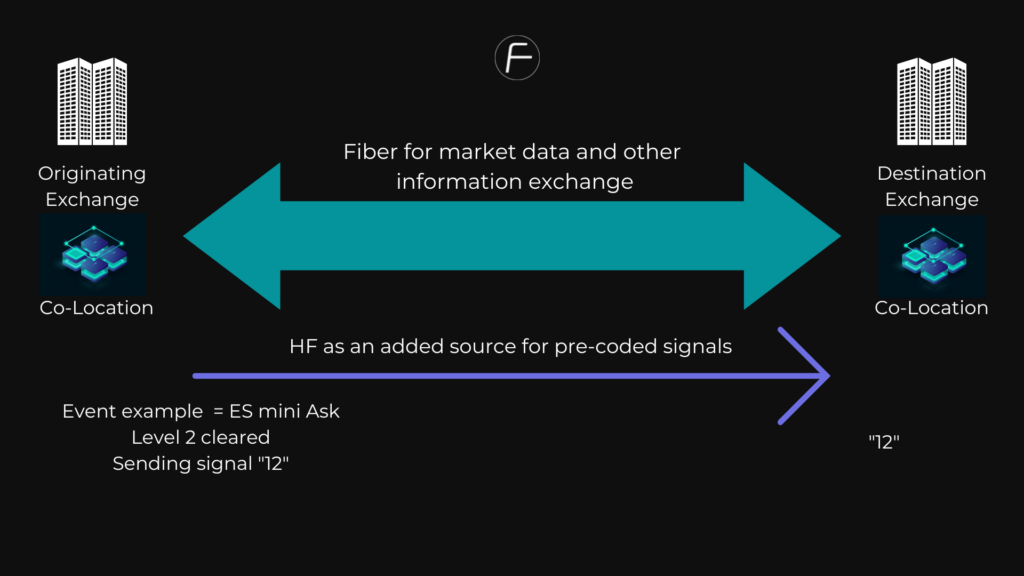How Do Trading Firms Use Shortwave/HF Signals
A quick recap on HF or Shortwave Links
High Frequency (HF) radio, also named Shortwave radio is propagated back by the atmosphere and hence can travel intercontinental distances wirelessly between only two antennas.
The wireless HF links provide significant latency advantages of at least 1ms for every 1,000km of travel compared to fiber links.
While signals arrive faster than any other long-distance network alternative, HF links have unique characteristics that should be considered when using them for trading strategies – the main one is limited bandwidth: HF links carry a message size of several bits.
Using fast signals for trading
An HF link supporting 6 bits can transmit 64 different signals.
Trading teams define their specific “vocabulary” of words or different signals that signify specific trading events, generally identifying significant moves (direction and magnitude) of an instrument based on price and liquidity events such as trade volume or book changes.
Communication is like using morse code, whereby the receiving side knows how to interpret signals and what trading action should follow.
Customers use Raft’s data path API to send signals across links from colocation to colocation, Raft provides an end-to-end managed data communication service.
HF acts as a complementary fast channel carrying signals arriving complete milliseconds ahead of the market data sent over fiber in parallel.

